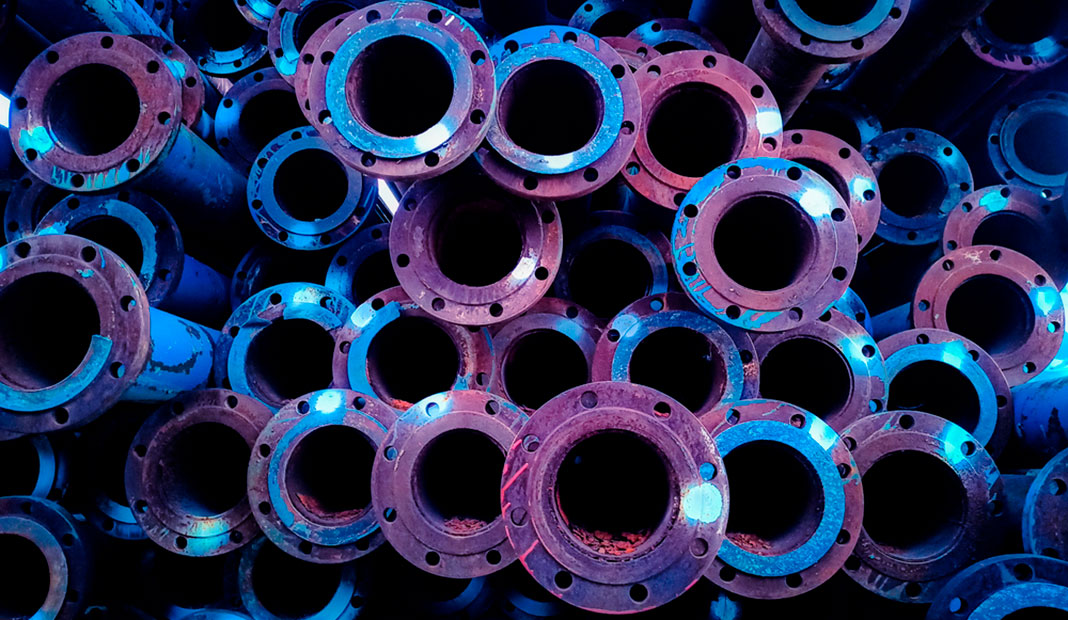The symptoms of COVID-19 are very diverse and as new variants of the SARS-CoV-2 coronavirus (responsible for this disease) are produced, such as delta or omicron and their subvariants, new signs and manifestations of the disease are also becoming known. infection. One of these new symptoms of COVID-19 – although rare and little known – is costochondritis, which is characterized by stabbing pain in the chest, usually on the left side, and is due to an inflammation of the cartilage that joins the ribs to the sternum (costochondral).
It is important to note that it is an annoying condition, but not a serious one, as Dr. Juan Cosin, head of Cardiology at Hospital Arnau de Vilanova, has assured in statements to @TRECEAlDia. The expert added that he does not believe that it is a frequent symptom of coronavirus infection, and that when it makes the patient’s day-to-day difficult, resorting to common anti-inflammatories, or painkillers such as paracetamol, is usually enough to solve the problem, which It will surely disappear in a few days.
Costochondritis causes and symptoms
Costochondritis tends to affect more women and people over 40 years of age and is associated with an injury to the sternum or ribs caused, for example, by excessive lifting or exercising, or physical exertion or a sudden movement. Certain diseases such as rheumatoid arthritis, osteoarthritis or ankylosing spondylitis, among others, are also considered risk factors for developing costochondritis. In the case of COVID-19, it is related to the dry and recurrent cough that many patients present.

A pain in the chest can give us a scare if the first thing we think is that we are suffering from a heart attack or angina pectoris. It is a mechanical pain, which has nothing to do with the viscera, but the problem is that we can believe that it is a heart attack, explains Elena Plaza Moreno, a teaching nurse at FUDEN and FORUCI.
That is why it is convenient to know the symptoms of costochondritis well, which according to the experts at the Mayo Clinic consist of a sharp pain that is usually experienced on the left side of the sternum – although it can also be felt on both sides – and that “manifests itself as a feeling of pressure in this area of the chest, which worsens when coughing or breathing deeply”, and also when making certain movements. In addition, the pain caused by a heart attack is not limited to the chest, but radiates to other areas such as the neck, arms or back.
Tietze syndrome is another pathology that can be confused with costochondritis, but unlike the latter, it is due to an inflammation of the sternum joint, and not of the cartilage. This syndrome is more common in those under 40 years of age or in patients with inflammatory problems, such as arthritis, and can cause swelling, heat or redness in the area.
What is the treatment of costochondritis
As the pain can be confused with a heart disease and there are no tests to diagnose costochondritis, it is advisable to consult a doctor, who will examine the sternum area and decide if it is necessary to perform tests to rule out other health problems. This is usually a problem that is usually treated by a rheumatologist.

Inflammation of the costochondral cartilage usually resolves spontaneously within a few days, although it can last for weeks or months. The treatment is aimed at relieving pain and anti-inflammatory analgesics, such as ibuprofen or naproxen, are indicated for this.
In some patients, when the pain is too intense, the doctor may even prescribe a drug with codeine.
Of course, it may be helpful to consult a physical therapist in some cases, who can help relieve pain through stretching, or even through the application of transcutaneous electrical nerve stimulation.














